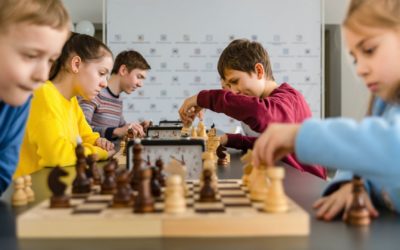THE OFBThe French Office of Biodiversity defines biodiversity as all living beings and the ecosystems in which they live. This term also includes the interactions of species with each other and with their environment.
Biodiversity therefore meets the primary needs of mankind (oxygen, drinking water, food...). It also plays a major role in the development of human activities thanks to the raw materials and energy it provides.
But in recent years, these human activities (overexploitation of natural resources and energy, greenhouse gases, deforestation ...) disturb the balance of nature and cause an erosion of biodiversity by putting it in danger. Moreover, several animal and plant species have already become extinct. And millions of others are threatened.
So what needs to be done for biodiversity conservation?
For a more sustainable future and for the conservation of nature and biodiversity in general, young and old must be made aware of environmental issues.
The question you are probably asking yourself is: how to explain biodiversity to young people and how to make them aware of its preservation while avoiding an alarming or anxiety-provoking speech?
Kidlee answers your questions in the following!
How to explain biodiversity to children?
The most important thing when it comes to introducing children to biodiversity or any other subject related to the environment (climate change, terrestrial ecosystems, endangered species, recycling, etc.) is to approach the subject in a simple and fun way. ) is to approach the subject in a simple and fun way. Depending on the age of the child, you just have to find the right words and activities to raise awareness without alarming them.
Dedicated booksThere are a lot of ways to do this! All that's left is to get started!
In this article, it's focus on fun activities, but before that, a little definition that you can share with the kids to get them in the mood!
Definition of biodiversity for children!
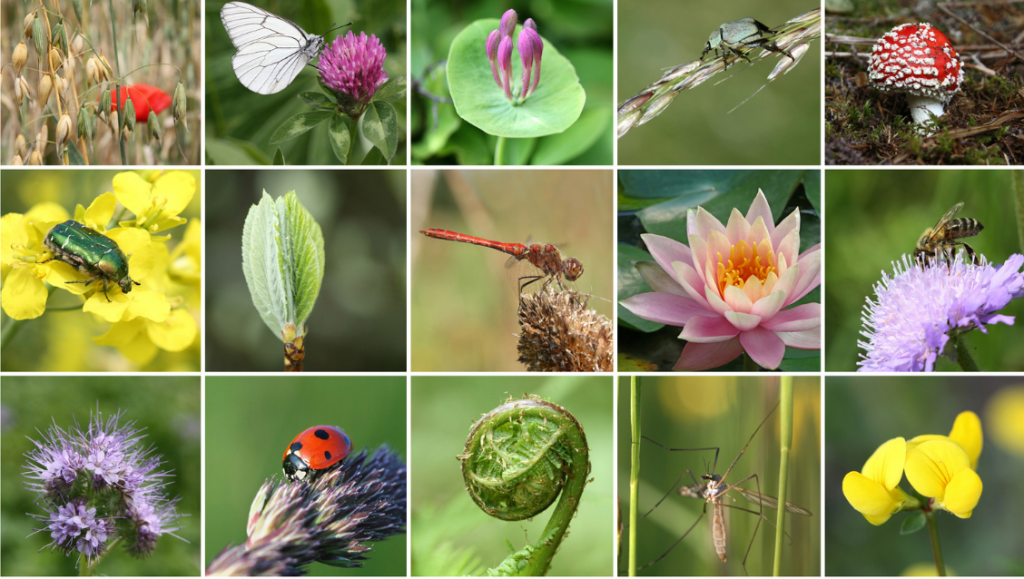
1 day 1 actu, a great magazine for children, proposes a definition as well as an ultra simple video to explain biodiversity to children.
What is biodiversity by Catherine Ganet - 1jour 1actu :
Plants, mushrooms, animals, not to mention people... It's all that biodiversity, and even more since it's also lakes, mountains, forests...
Biodiversity is therefore all living beings and natural environments. But also all the relationships that are established between them. For nothing on earth lives in a bubble, without any link with other species or with its place of habitation.
Man is the first example. Without forests? No wood for building and heating... Without bees? No pollen transported from one plant to another to make seeds. And therefore, very few flowers and fruits. Without plants ? It would be very difficult to treat oneself, because more than 70 000 species of plants are used to make remedies.
Biodiversity, a threatened treasure :
Thus, biodiversity represents a treasure of balance where each element has its utility. However, today, this treasure is threatened by human activities. We catch too many fish, we cut too much wood, we throw too many chemicals on the ground...
As a result, the number of animal and plant species is decreasing, which threatens the lives of millions of living beings. But there are solutions! For example, encouraging organic farming, planting trees, or developing protected areas. And it works! The European bison have escaped extinction thanks to the creation of animal parks.
Find the explanatory video for children here !
Fun activities to raise awareness of biodiversity protection among children:
A walk in the park:
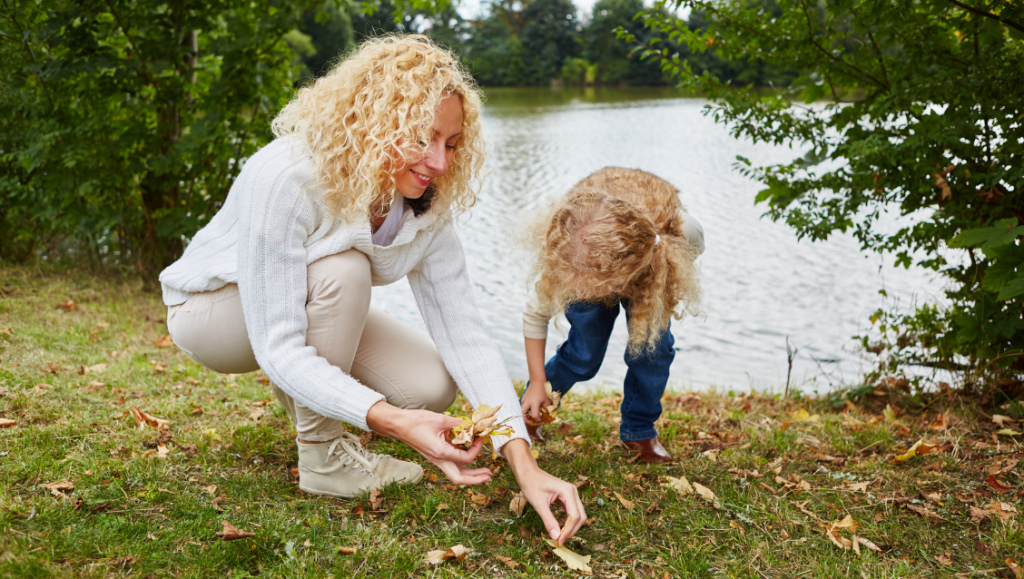
A simple walk in the park can help children discover biodiversity. By awakening them to nature in a nearby field, children touch, observe and learn about urban biodiversity (fungi, plants, bacteria, insects, birds, humans...) in a real way.
This activity doesn't require a lot of resources, just take the children to the park, put magnifying glasses at their disposal and let them observe and discover what surrounds them.
To go further, the Healthy Living team has prepared a short list of activities to do with children in an urban environment. Discover their guide to biodiversity awareness here !
You don't need to go far into the forest or be a trained biologist to introduce children to the components of biodiversity. The parks and gardens in your neighborhood are already excellent places to explore!
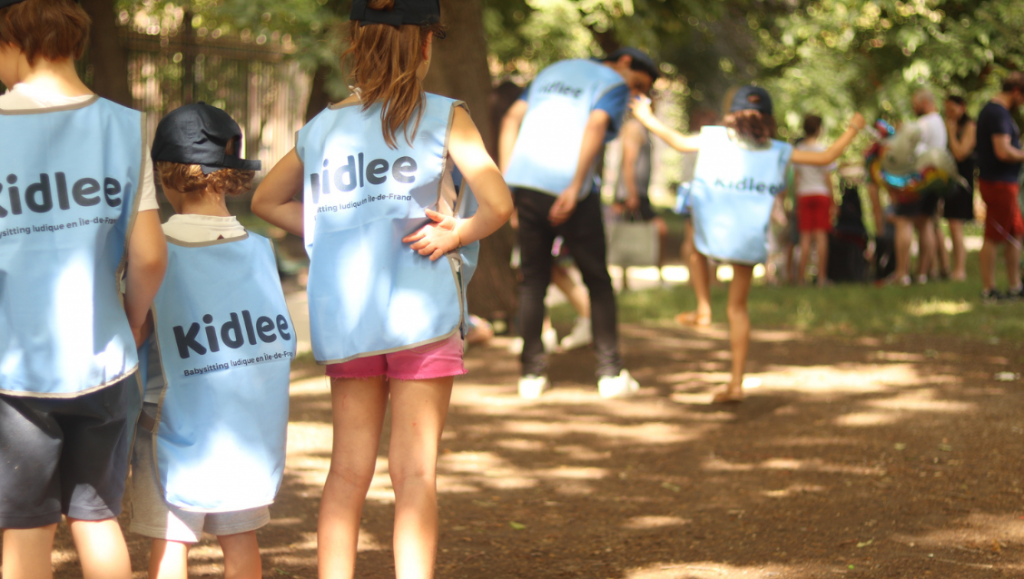
To this end, Kidlee has launched the Great Ecology Game in Parisian parks. An opportunity to introduce children to the protection of the planet through various fun activities and discoveries of all kinds!
To learn more about our Great Ecology Game, and why not, register your children, just click here !
Making a bird feeder

By making a bird feeder, children will first learn how to give life and recycle everyday objects, such as plastic bottles, milk cartons, cans or wooden crates. Then, once the feeder is set up, the children can have fun observing and recognizing the species of birds that will come to peck at the food available to them.
Find 23 easy to make DIY feeders here !
Make a mini greenhouse:
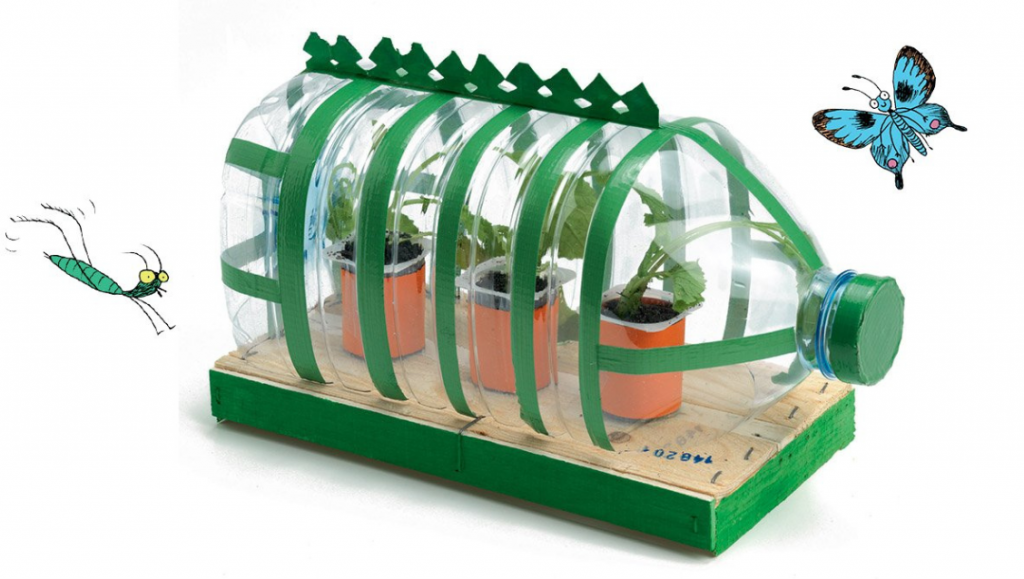
Imagine the happiness felt by a child who makes his own little greenhouse and thus a mini-ecosystem of biodiversity! Good news, Bayard offers a great DIY so that the child can make his little greenhouse and grow flowers or vegetables! And on top of that, it's a recycling activity! Find the detailed tutorial here !
Making a herbarium
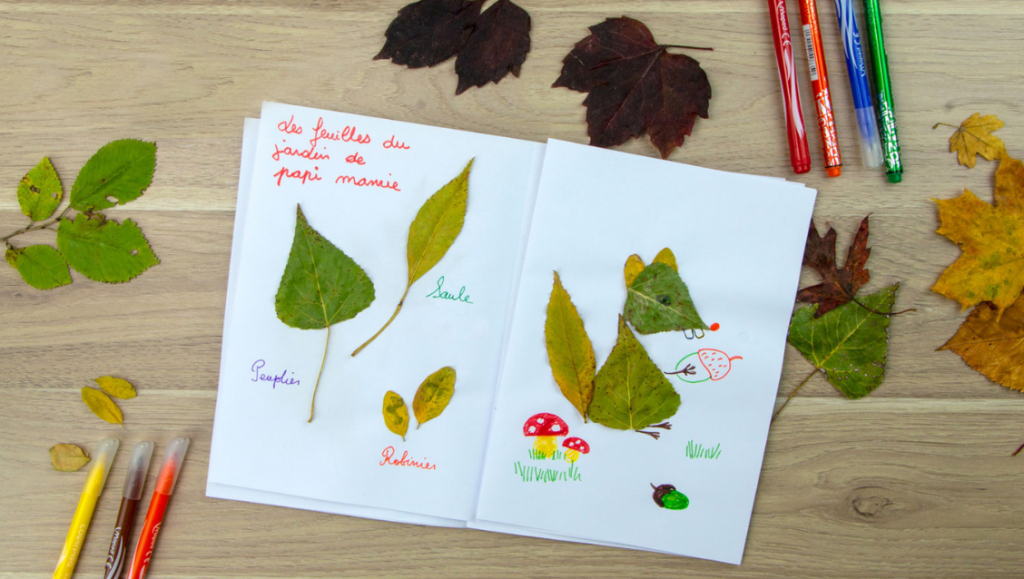
Nothing could be easier than making your first herbarium. All the child has to do is to take advantage of his walks with his family or with his baby-sitter to collect all sorts of pretty leaves, flowers... Etc. Then dry them and paste them in a notebook or a dedicated notebook which will act as a herbarium.
You can accompany the child in the decoration of the notebook. Together, decorate the cover of your herbarium with various plants (flowers, moss, leaves, grass...).
With the help of a plant dictionary, your child will be able to observe, recognize and note the variety of each plant.
Here is a bonus, a great DIY herbarium proposed by Mapiweeto discover here !
Observe animals in their natural environment!
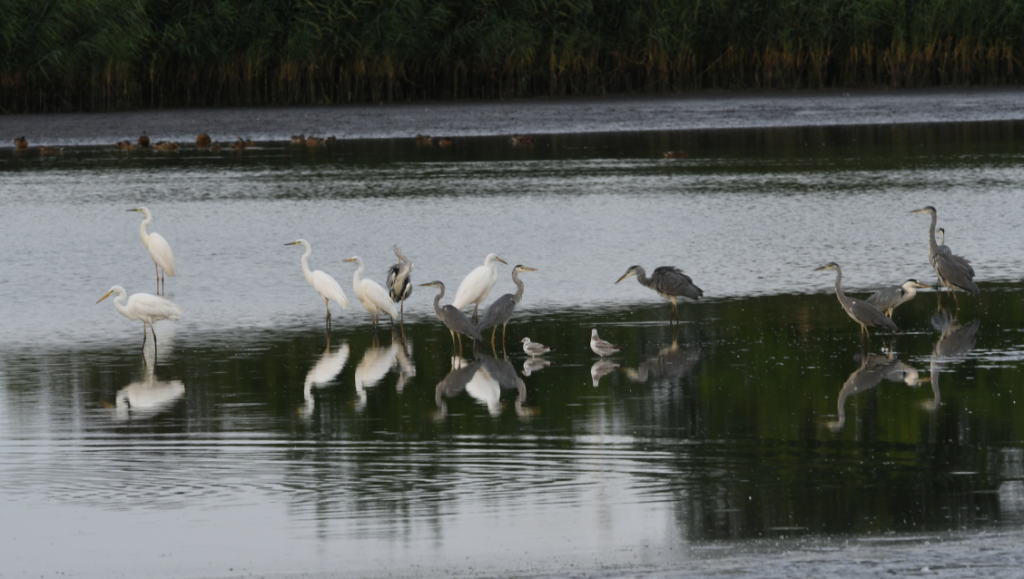
In a nature reserve, a park for protected species or in an aquarium, it is essential that the child knows the different species and the environment in which they evolve. In a reserve, for example, they will notice that some species need trees to move around. Others need water to move around... But also, they will be able to observe the interactions between animals and how they live together. An activity to do without moderation.
Exercising the infallible flair of children:

Get your little ones to work on their nose with this great sensory game. All you need to do is prepare the material: scented plant elements and scarves.
You can do this game in your garden, park, lake or forest. Start by collecting smelly natural elements without showing them to the children. Then, blindfold the children and have them smell one of the plants. After that, ask them questions. First, if they recognize the nature of the element (plant, earth, flower...). Then put the element back on its natural site. The child will have to find it or find a copy by being guided by its smell and so on with other natural elements.


